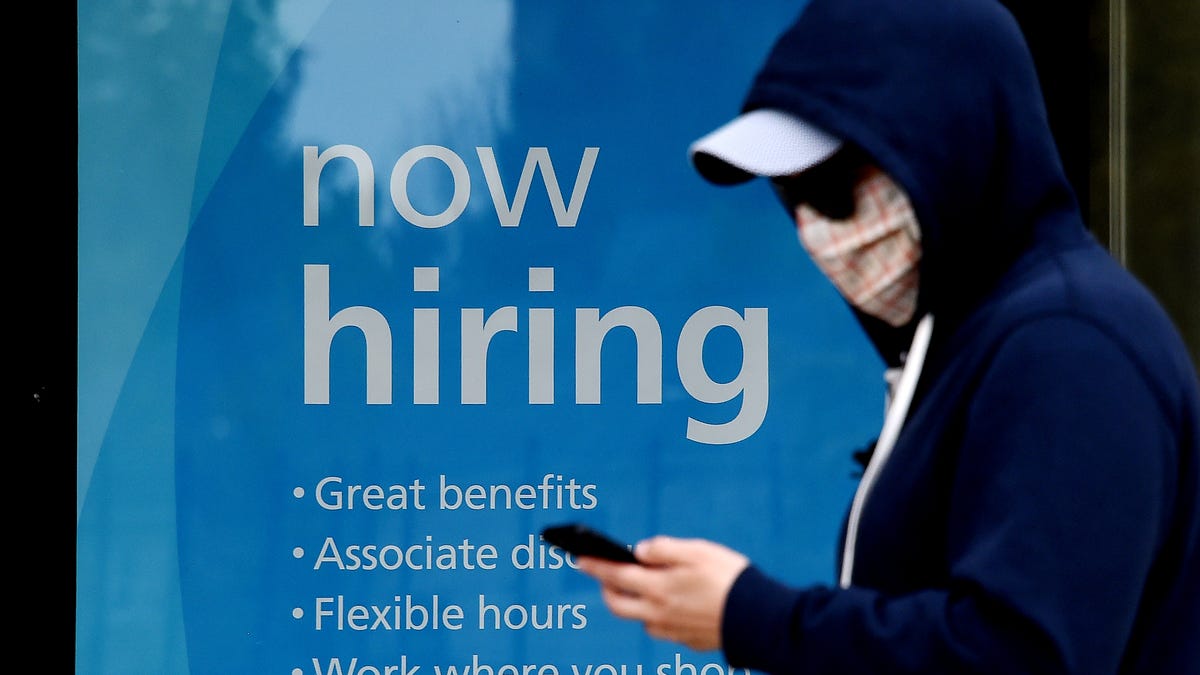Automated hiring software rejects millions of qualified job candidates by mistake
Applicant Tracking System software is used by 75% of US employers to help filter job candidates, according to a new report from Harvard Business Law.

Automated hiring software is supposed to help streamline the hiring process, but it's causing problems, according to a new study.
Automated hiring software -- programs used by employers to scan resumes and filter job applicants -- is mistakenly rejecting millions of viable candidates, according to a study published this month from Harvard Business Law. The study, titled Hidden Workers: Untapped Talent, delves into how leaders can improve hiring practices, close skills gaps, improve diversity and more. The over reliance on resume-scanning software is contributing to the problem of "hidden workers," according to the report.
Applicant Tracking System software is used by 75% of US employers to help filter job candidates, according to the report. ATS works with Recruitment Management System software to minimize the time and costs recruiters spend trying to find job candidates. More than 90% of employers used their RMS to filter or rank potential middle-skill and high-skill candidates, according to the report.
The software lets employers indicate requirements like degree requirements, certifications and licenses, along with negative attributes a candidate's application should be without, like criminal charges, for example. It becomes tricky when the negative attributes are more subtle -- like when the software spots long gaps between jobs on a resume, according to the report.
"If an applicant's work history has a gap of more than six months, the resume is automatically screened out by their RMS or ATS, based on that consideration alone," reads the study. "Our research indicated that employers believe applicants with more recent experience are more likely to have better professional skills. A recruiter will never see that candidate's application, even though it might fill all of the employer's requirements."
The researchers suggest several solutions to help solve the hidden worker problem. The team suggests shifting from negative to affirmative filters in ATS and RMS, as well as reexamining the proxies for attributes like skills, work ethic and self-efficacy, to prevent qualified candidates from mistakenly being removed from consideration. In addition, the researchers suggest refreshing job descriptions and developing a customized approach to hiring hidden workers could help solve the hidden worker problem.

